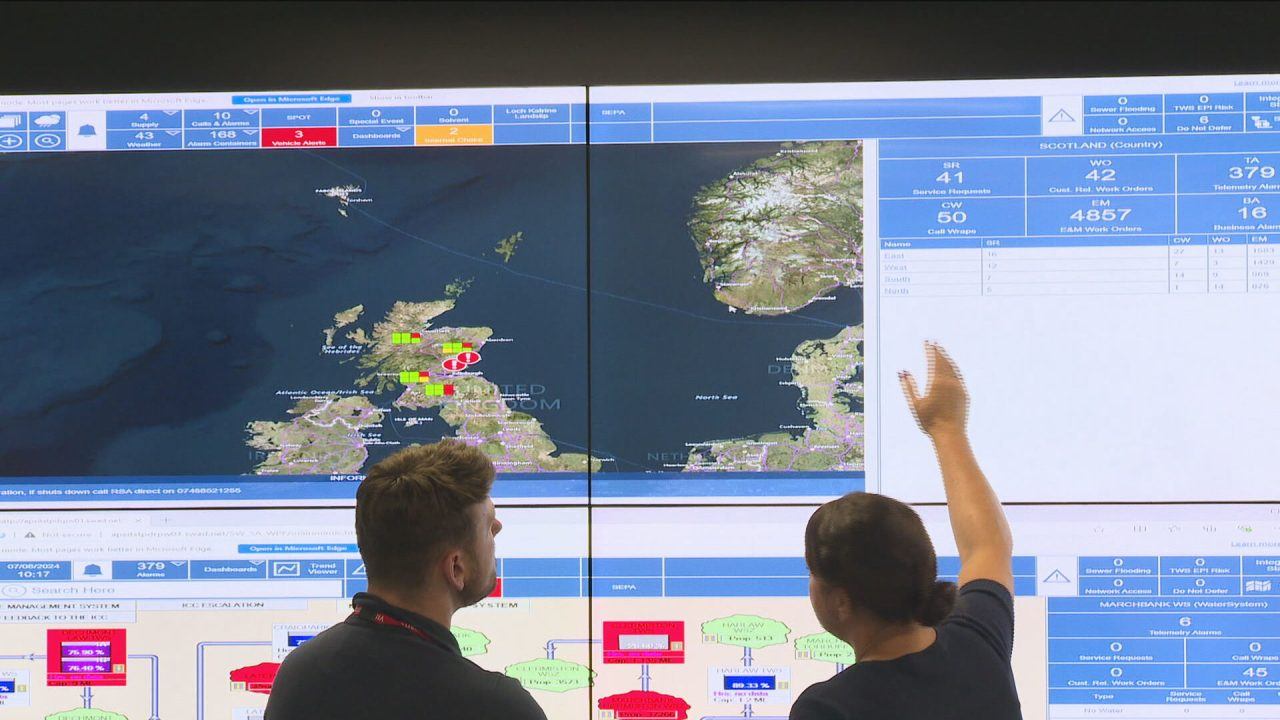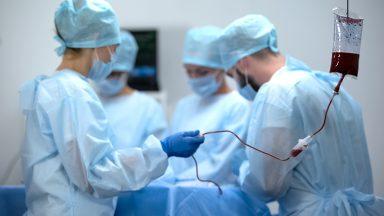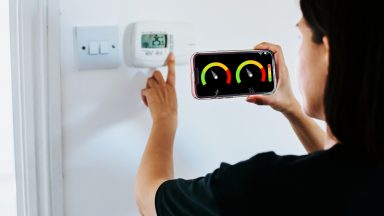A new ‘Big Brother’ approach to monitoring sewers is managing to prevent pollution from reaching Scotland’s rivers and lochs.
Scottish Water have been using high-tech cameras and sensors underground to raise the alarm before a spill happens.
Operated 24 hours a day, the team at the intelligence control centre in Stepps, North Lanarkshire, monitors sewers to prevent pollution from reaching rivers and lochs.
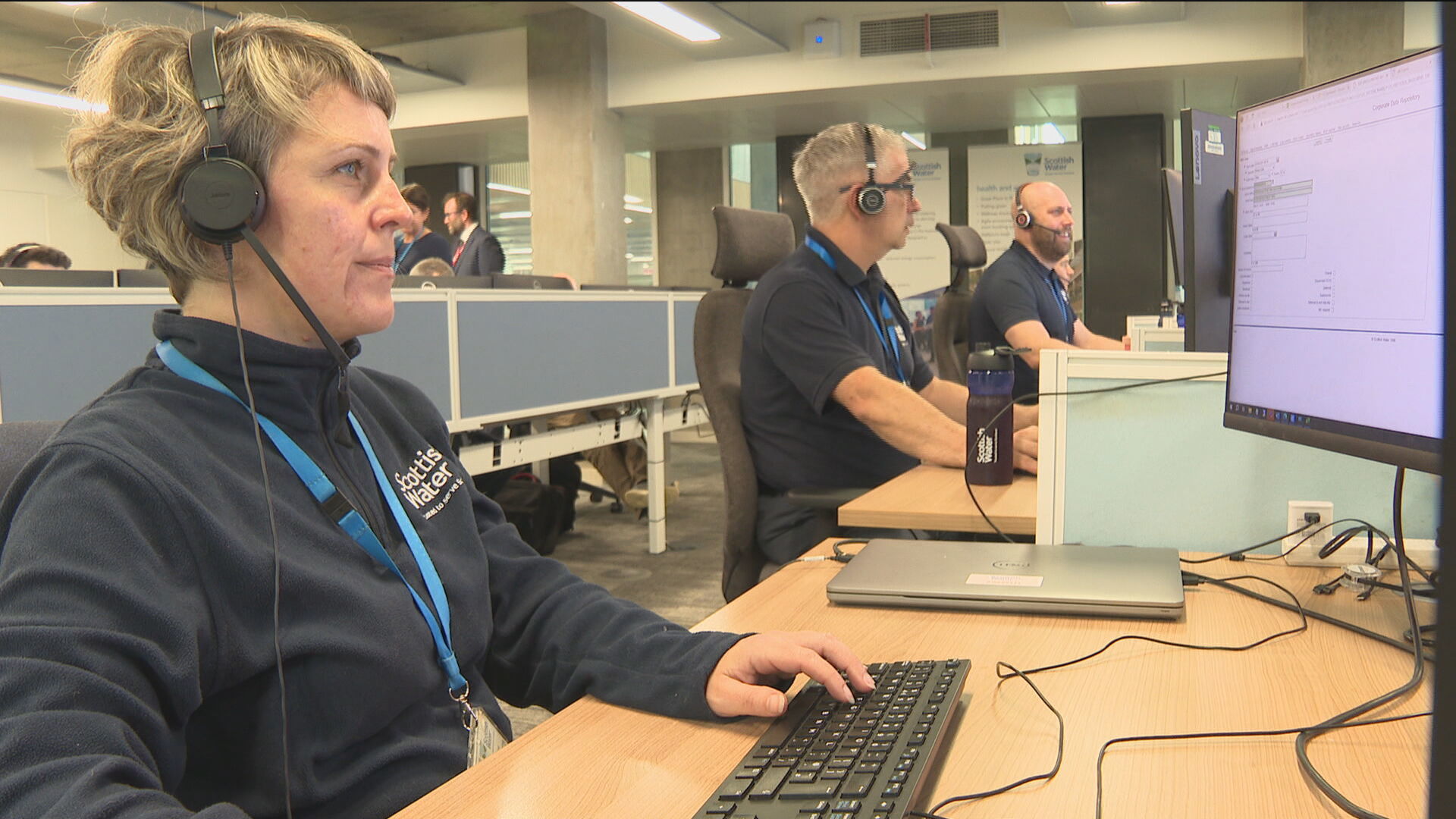 STV News
STV NewsTheir job has become increasingly harder due to the climate crisis.
Control centre manager Sharon Hamilton said: “On average, we receive about 70,000 alarms from waste water assets every single month.
“When we get rainfall events, we can see those numbers double.
“Events like Storm Arwen that really put our team to the test, we are really proud to say that we always manage to take care of our customers and the environment.
“The new technology gives us the clear understanding across. enables us to get on the front foot and prevent incidents happening. We’re moving into a pro-active, preventative place rather than be reactive.”
Professor Simon Parsons, Scottish Water’s director of environment, added: “Our infrastructure today can’t deal with the weather that’s forecast for us in the 2050s and beyond.
“But we know that now, so we’re working carefully and closely with partners across Scotland to think about how we make Scotland resilient.”
One solution has been to install high tech sensors along 33,000 miles of sewer network.
So far, they’ve prevented 35 incidents of flooding or environmental pollution.
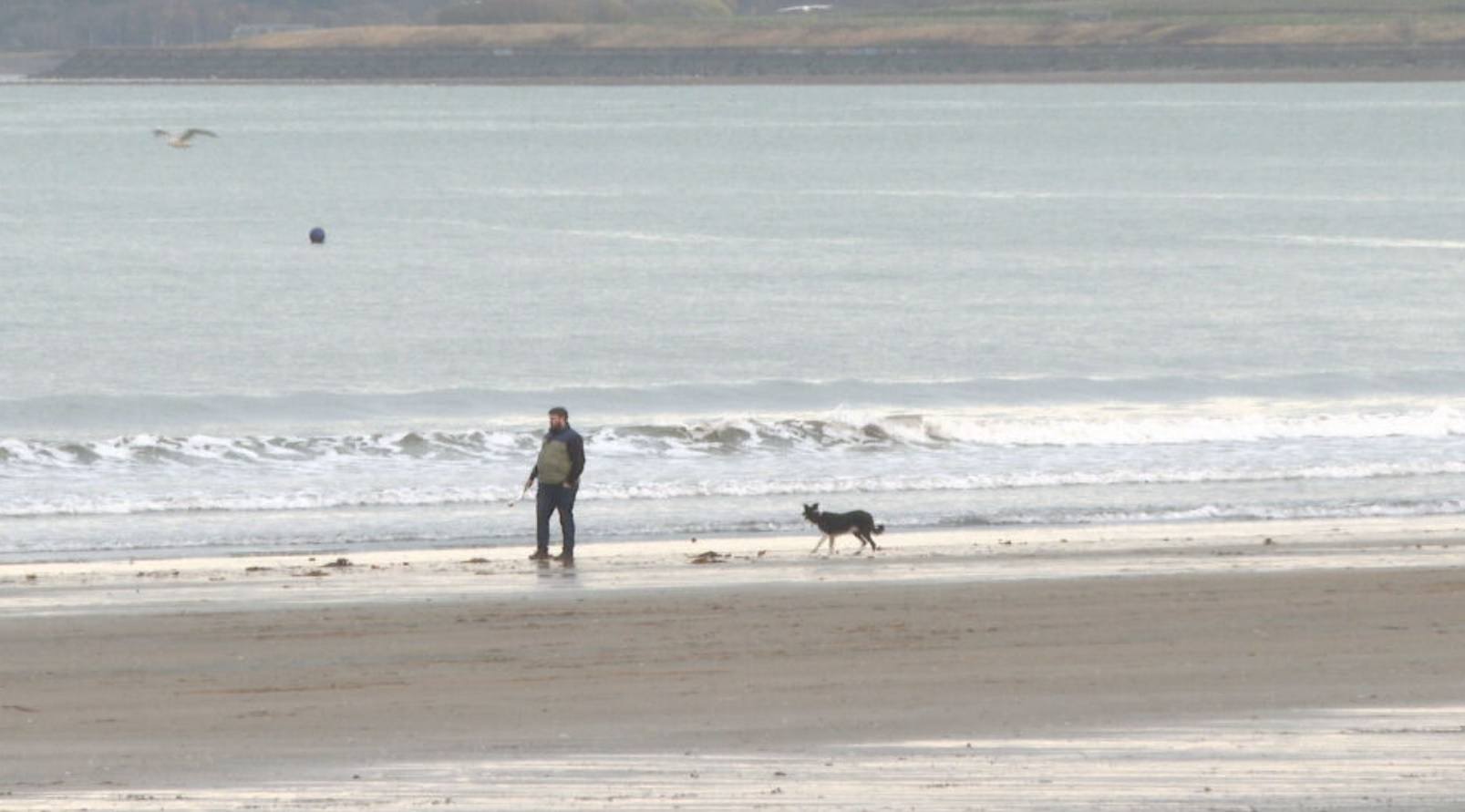 STV News
STV NewsThe Scottish Government’s acting energy secretary Gillian Martin said: “Having seen some extreme weather events, we’re not just being complacent.
“Scottish Water and SEPA are putting things in place that are preventative, gathering intelligence where there could be pinch points and making sure we don’t have the damage we’ve seen in other events, as well as the day-to-day running.
“We have the reputation for some of the best drinking water in the world. But we should never be complacent.
“We’ve got 87% water quality, which is good or above in Scotland. That’s very impressive, but let’s get it higher.”
Environmental campaigners say investment in cameras and sensors will help but they also want regular water testing.
River Almond Action Group volunteer Grant Collier said: “This just means we can know what is in the water and know what the quality is.
“We don’t know what’s actually in the water in terms of chemicals or pollutants and no one testing on a regular basis, there’s nobody to say whether it’s safe or not.
“We are known some of the best wild water you can go. It would be nice to be able to prove it’s the best quality water we can have.”
Follow STV News on WhatsApp
Scan the QR code on your mobile device for all the latest news from around the country


